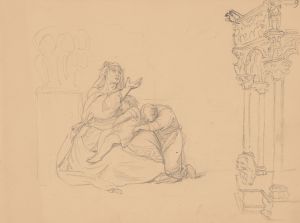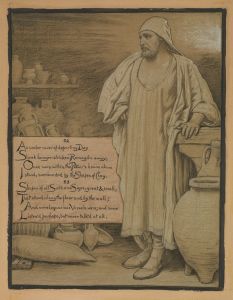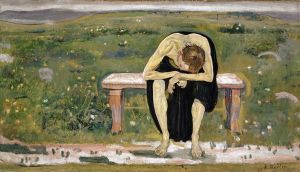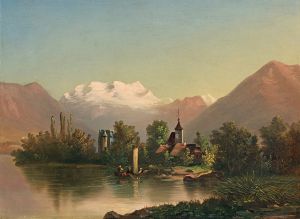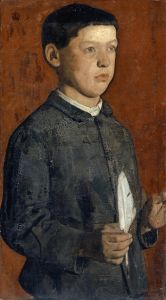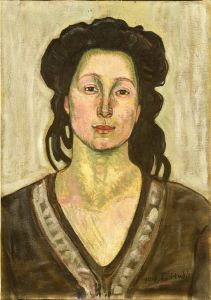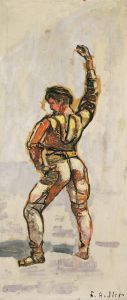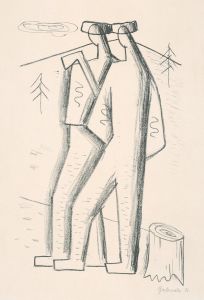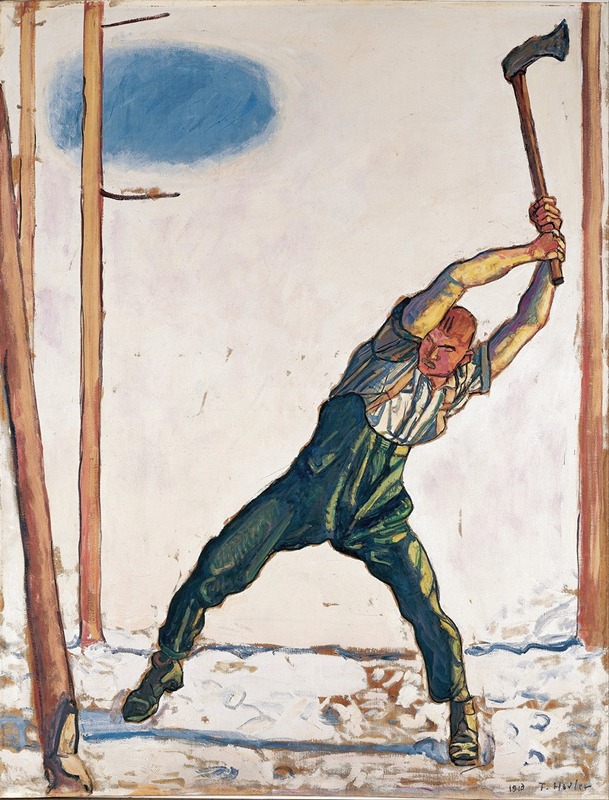
Woodcutter
A hand-painted replica of Ferdinand Hodler’s masterpiece Woodcutter, meticulously crafted by professional artists to capture the true essence of the original. Each piece is created with museum-quality canvas and rare mineral pigments, carefully painted by experienced artists with delicate brushstrokes and rich, layered colors to perfectly recreate the texture of the original artwork. Unlike machine-printed reproductions, this hand-painted version brings the painting to life, infused with the artist’s emotions and skill in every stroke. Whether for personal collection or home decoration, it instantly elevates the artistic atmosphere of any space.
Ferdinand Hodler was a Swiss painter known for his contributions to symbolism and art nouveau. One of his notable works is "The Woodcutter" (German: "Der Holzfäller"), which exemplifies his unique style and thematic focus. Created in 1910, this painting is a significant representation of Hodler's mature period, where he often explored themes of human labor and the relationship between man and nature.
"The Woodcutter" depicts a solitary figure engaged in the act of chopping wood. The composition is characterized by its strong, rhythmic lines and a sense of symmetry, which are hallmarks of Hodler's approach to painting. The figure of the woodcutter is central to the composition, emphasizing the dignity and strength of manual labor. Hodler's use of bold outlines and simplified forms reflects his interest in conveying the essence of his subjects rather than detailed realism.
Hodler's work often incorporated elements of symbolism, and "The Woodcutter" can be seen as a meditation on the human condition and the connection between individuals and their environment. The painting's background, with its stylized depiction of trees and landscape, serves to highlight the figure's integration with nature, a recurring theme in Hodler's oeuvre. The artist's use of color is also noteworthy; he employs a limited palette to create a harmonious and balanced composition, further emphasizing the unity between the woodcutter and his surroundings.
Ferdinand Hodler was born in 1853 in Bern, Switzerland, and he became one of the most prominent Swiss painters of his time. His early life was marked by personal tragedy, which influenced his artistic vision and thematic choices. Hodler studied under various artists and was influenced by the works of the French painter Gustave Courbet and the German symbolist Arnold Böcklin. Over time, he developed a distinctive style that combined elements of realism, symbolism, and art nouveau.
Throughout his career, Hodler's work was both celebrated and controversial. He participated in numerous exhibitions across Europe, and his paintings were acquired by major museums and collectors. Despite facing criticism from some quarters, Hodler's reputation grew, and he became a leading figure in the Swiss art scene. His influence extended beyond Switzerland, impacting artists and movements across Europe.
"The Woodcutter" is housed in the Kunstmuseum Bern, which holds a significant collection of Hodler's works. The museum's collection provides insight into the artist's development and the evolution of his style over time. Hodler's legacy continues to be studied and appreciated for its contribution to modern art and its exploration of universal themes.
In summary, "The Woodcutter" by Ferdinand Hodler is a quintessential example of the artist's mature style, reflecting his interest in human labor, nature, and symbolism. The painting's composition, use of color, and thematic depth make it a significant work in Hodler's oeuvre and a valuable piece of Swiss cultural heritage.






